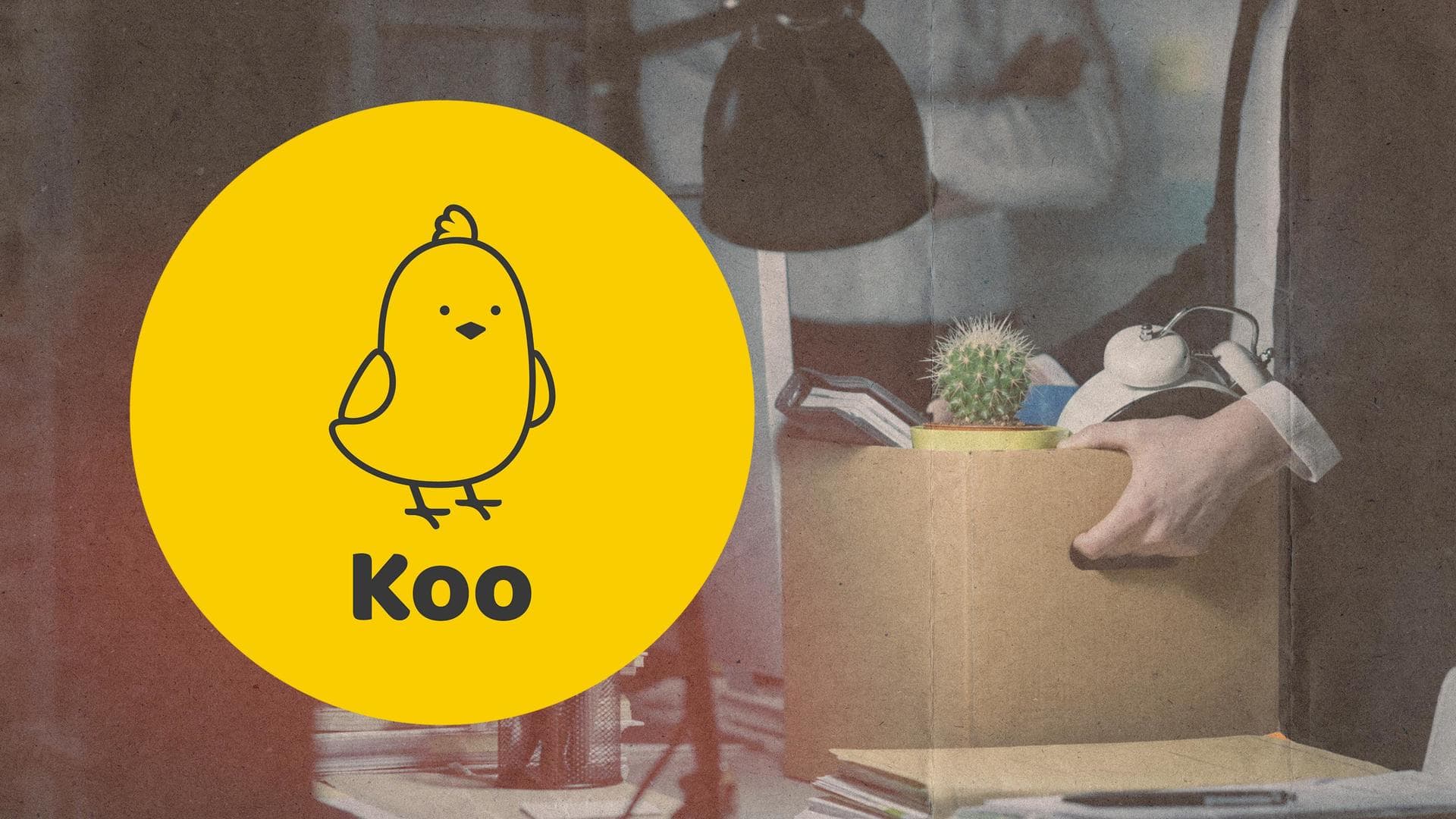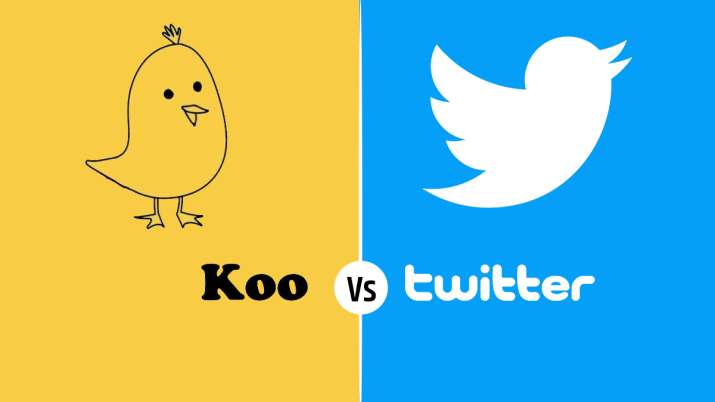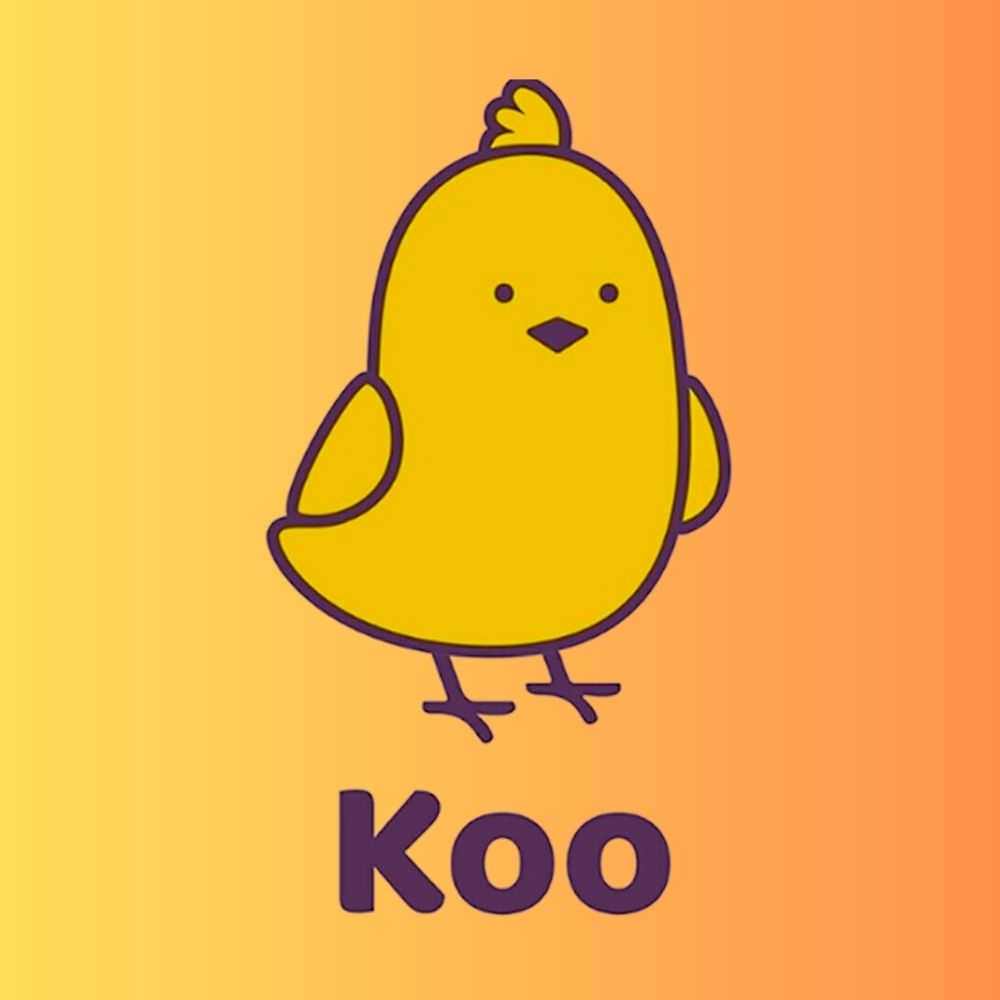Twitter Competitor Koo Now Joins The List Of Companies That Have Let Go Of Employees.
Koo's income in FY22 was Rs 14 lakh, up from Rs 8 lakh the previous year. However, its losses increased 460% in FY22 to '197 crore from '35 crore in FY21. This most likely explains the necessity for cost-cutting measures.

The layoff season is ongoing as more IT corporations cut staff due to a financing shortage. In the last months, the microblogging site Koo laid off about one-third of its workforce. The company dubbed a Twitter competitor, announced that it had laid off 30% of its 260-person team this year. TigerGlobal-backed Koo was established in March 2020 as a multilingual microblogging platform to allow Indians to express themselves online in their language. Koo now has over 60 million app downloads and is the world’s second-largest microblog, featuring over 20 worldwide languages.

Koo, like most startups, built in a workforce to account for spikes, a Koo representative said. The company are also affected by the current market environment and external realities of a global slowdown. The three-year-old company stated that firms of all sizes needed to use ‘efficient and cautious ways’ to get through this era. Although the layoffs were expected, the corporation said that it supported employees with compensation packages, extended health coverage, and outplacement assistance.
The company is not currently trying to raise funding. However, they are making significant progress in terms of income and will attempt to raise cash as needed in the future. The app has over 60 million app downloads with investors like Tiger Global, Accel, and Kalaari Capital. It claims to be “well capitalised,” with a recent $10 million financing in January 2023. The company’s fast surge can be related to the government’s disagreement with its rival Twitter about intermediary restrictions.
Initially, the Bengaluru-based startup benefitted from Twitter’s spat with Indian authorities over material on its platform, as many residents, including government officials, cricket stars, and Bollywood celebrities, rushed to Koo to be a local alternative. However, the present liquidity crunch comes in between a global collapse for technology businesses and sluggish investment activity, which has cut billions from the values of once-flying startups.

Koo began monetisation tests in September 2022, claiming that within 6 months, it had one of the highest ARPU (average revenue per user) per DAU (daily active users) compared to Indian social media businesses and direct worldwide competition.
It claimed that some of the world’s most prosperous corporations had eliminated tens of thousands of workers. They are a new company with a long road ahead of us. The global mood is currently more focused on efficiency than growth, and enterprises must endeavour to demonstrate unit economics. The firm recently launched the Koo loyalty programme, in which customers may earn coins and redeem them for discounted merchandise and services. Koo users may earn coins based on how active they are on the microblogging site. Users may then utilise these coins to obtain unique brand deals.
The financial records of Koo may determine the need for the current layoffs.
It was reported in March that the firm seemed to be losing steam in terms of monthly active users. Monthly active users fell to 4.1 million in January from 9.4 million in July 2022. Koo‘s income in FY22 was Rs 14 lakh, up from Rs 8 lakh the previous year. However, its losses increased 460% in FY22 to ‘197 crore from ’35 crore in FY21. This most likely explains the necessity for cost-cutting measures.

Conclusion.
The news of layoffs now seems to be a very common aspect of our life. Every now and then, we may hear the name of an organization that has marked its presence in the list of layoffs. However, there is a sunrise after every dark night. As history has shown, let us hope for brighter times for the entire organisation and that they are really optimistic about what they are doing for the globe and what Koo signifies for India’s debut in the realm of social media.




